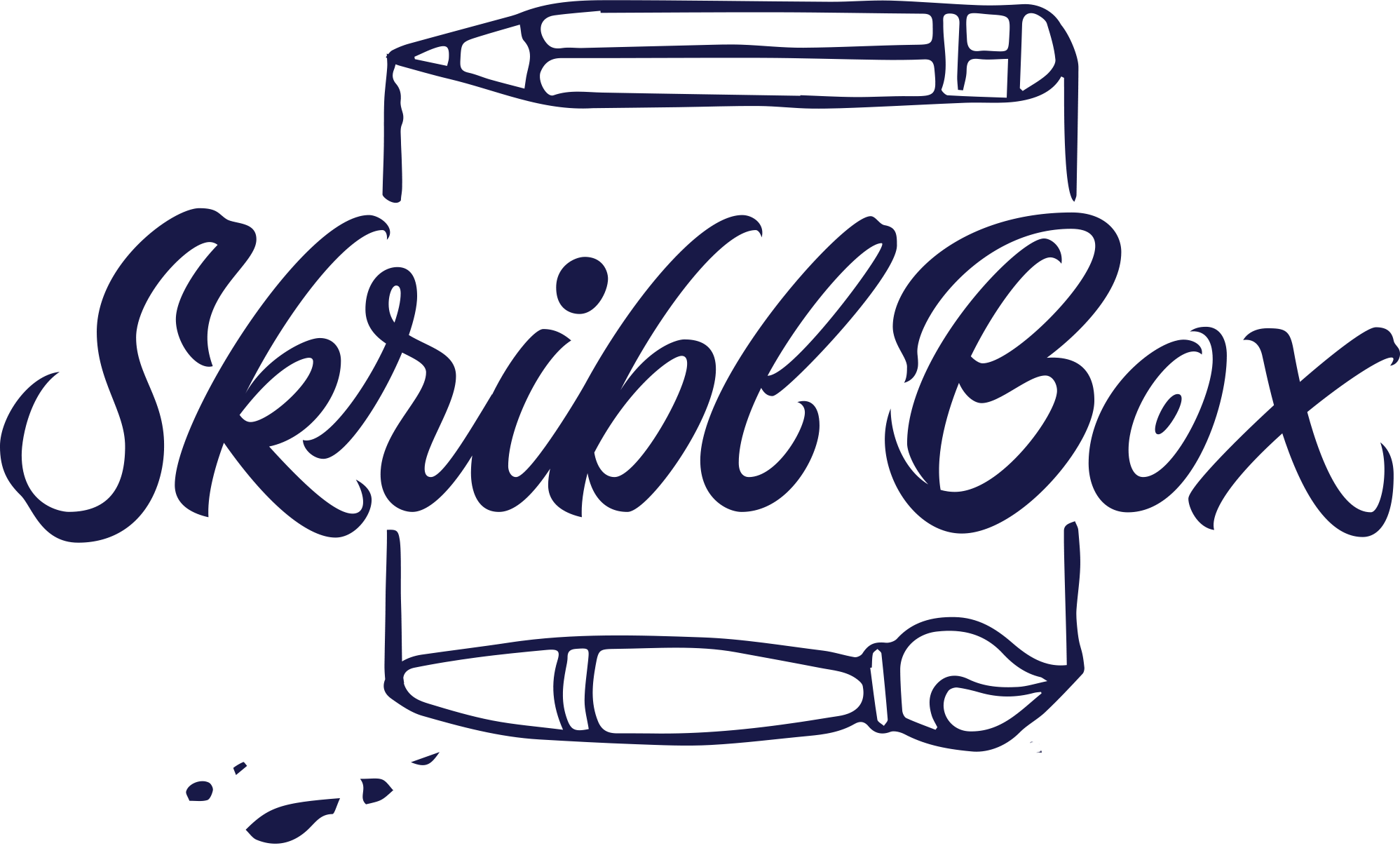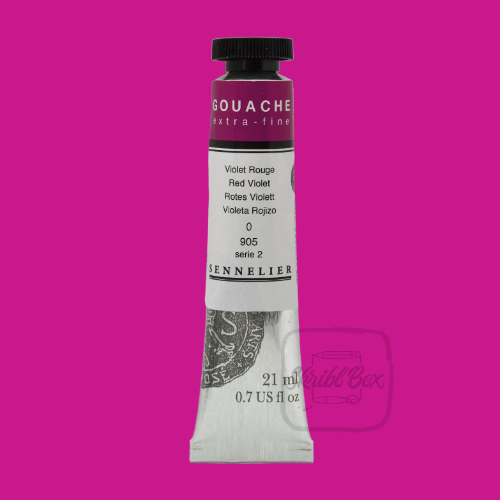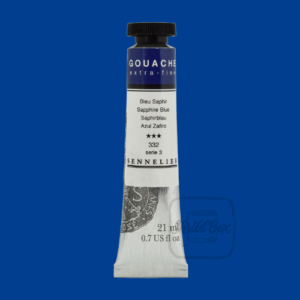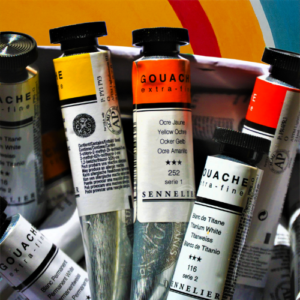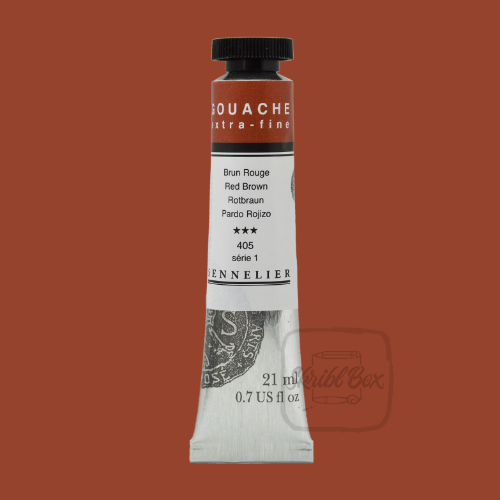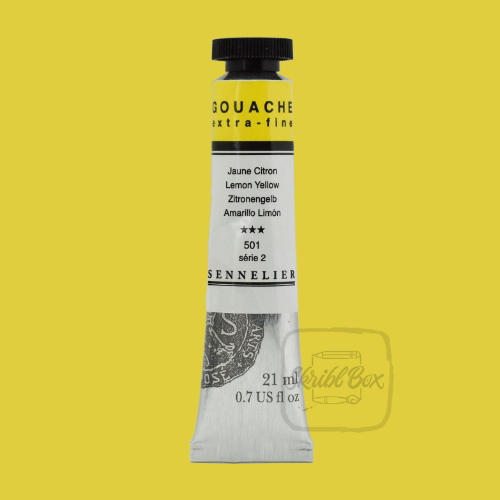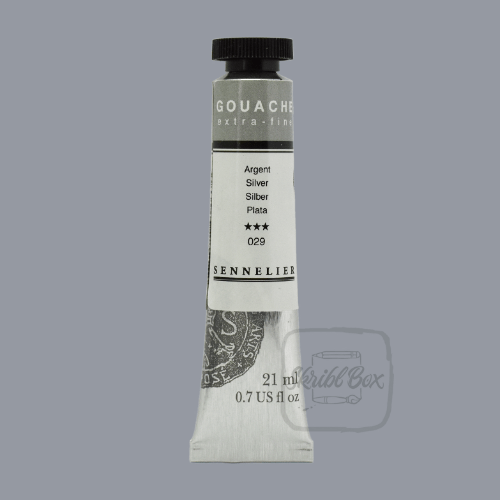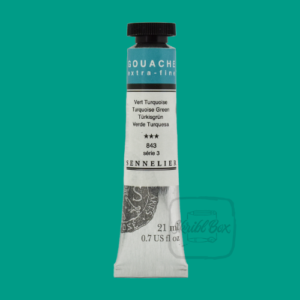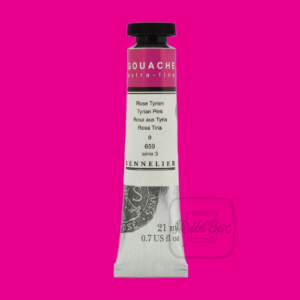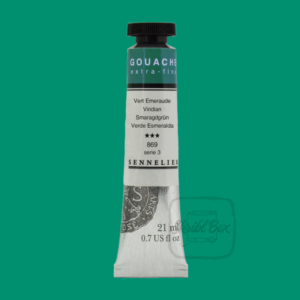FAQ
Compared to some other painting mediums, gouache paint typically dries quickly. Depending on the thickness of application, gouache color can dry fast in temperatures and humidity that are moderate. However, because drying times can be influenced by things like the environment and layer thickness, artists can adjust their techniques to produce the results they want
Yes, gouache paint can be used on canvas but with few tips and techniques. Apply a layer of gesso to the canvas to create a surface that will accept gouache. To avoid cracking use a thin layer of gouache color. For better results, think about using canvases made for gouache or acrylic paints.
Yes, gouache paintings can fade over time, particularly if they are exposed to harsh lighting or direct sunlight. Use UV protection, a suitable varnish, lightfast pigments to maintain their vibrancy, and archival materials for framing to reduce the risk of fading.
Despite having similar water-based formulas, gouache and water colour paints have significant differences. Gouache can be used to conceal mistakes and create intricate, opaque effects because it is more opaque and has a thicker consistency. Water colours, on the other hand, are transparent and flow more easily, enabling delicate washes and translucent layering. While both media are adaptable, water colours excel in transparent, flowing effects while gouache tends towards opaque, detailed work. So, even though they both have a water base, gouache and watercolours have different uses and provide different kinds of artistic experiences.


